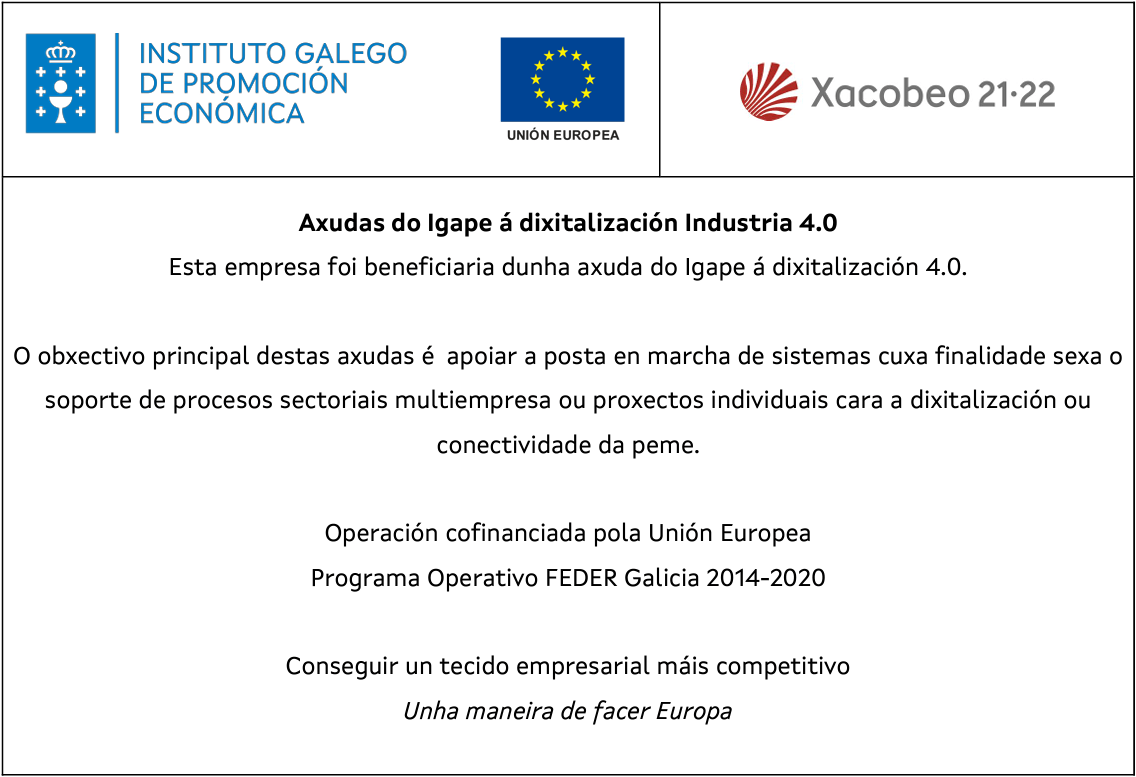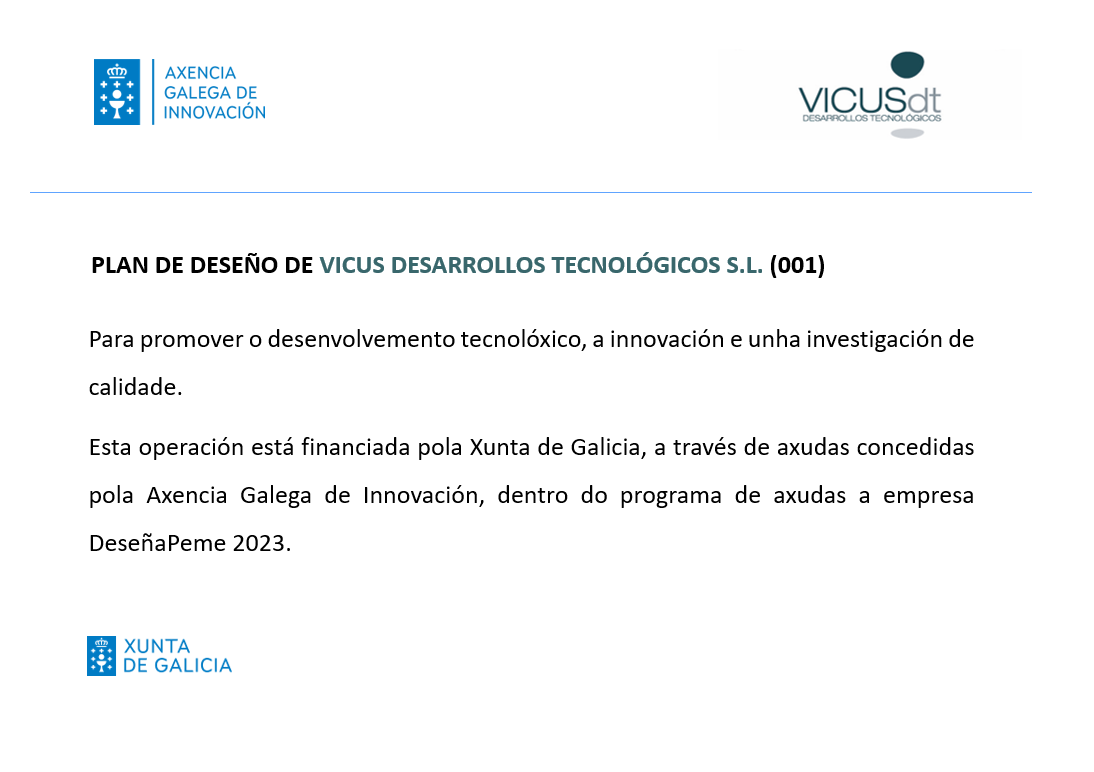Tractor tugs designed with azimuth thrusters and working with high angles relative to the towing wire, could have problems with directional stability. This is due to flow separation and creation of turbulent areas causing important changes of pressure which make it difficult to manoeuvre the tug. This effect, linked to a powerful vessel with a small L/B ratio, has prompted Armon Shipyard ‘s design team in cooperation with VICUSdt to carefully investigate a new concept of a special profile which enables the tractor tug to operate with high angles minimizing the flow separation. The skeg has two main roles in a tractor tug
a) the effect of directional stability and lift during indirect tow
b) acting as the main support of the tug during dry docks for periodical inspection
Therefore, it is also important to study this appendage from a structural point of view.
This investigation has been developed after the need of improvement of Skeg for its new building program of Armon’s latest tractor tugs and due to the owner’s concern regarding vessel’s behaviour: loss of direction and control of the vessel, vibration and loss of appendages, whose causes are the interactions of the various appendices to the flow of propellers.
It is evident that the multipurpose character of these vessels leads to seek for solutions of compromise between the various functions needed to carry out: manoeuvrability, course stability and behaviour in various modes of assistance: direct pull mode, indirect mode, powered indirect mode, transverse arrest mode, indirect braking and working in the stems mode, as well as to serve as structural element in order to withstand high loads during dry docking and to protect the propellers.
For this study, we have created nine different profiles whose behaviors were analyzed using CFD simulations and which results are exposed in this paper. Once the most adequate skeg and fenders were selected, the model was sent to tank testing, where the results of our computational model have been verified and contrasted.






